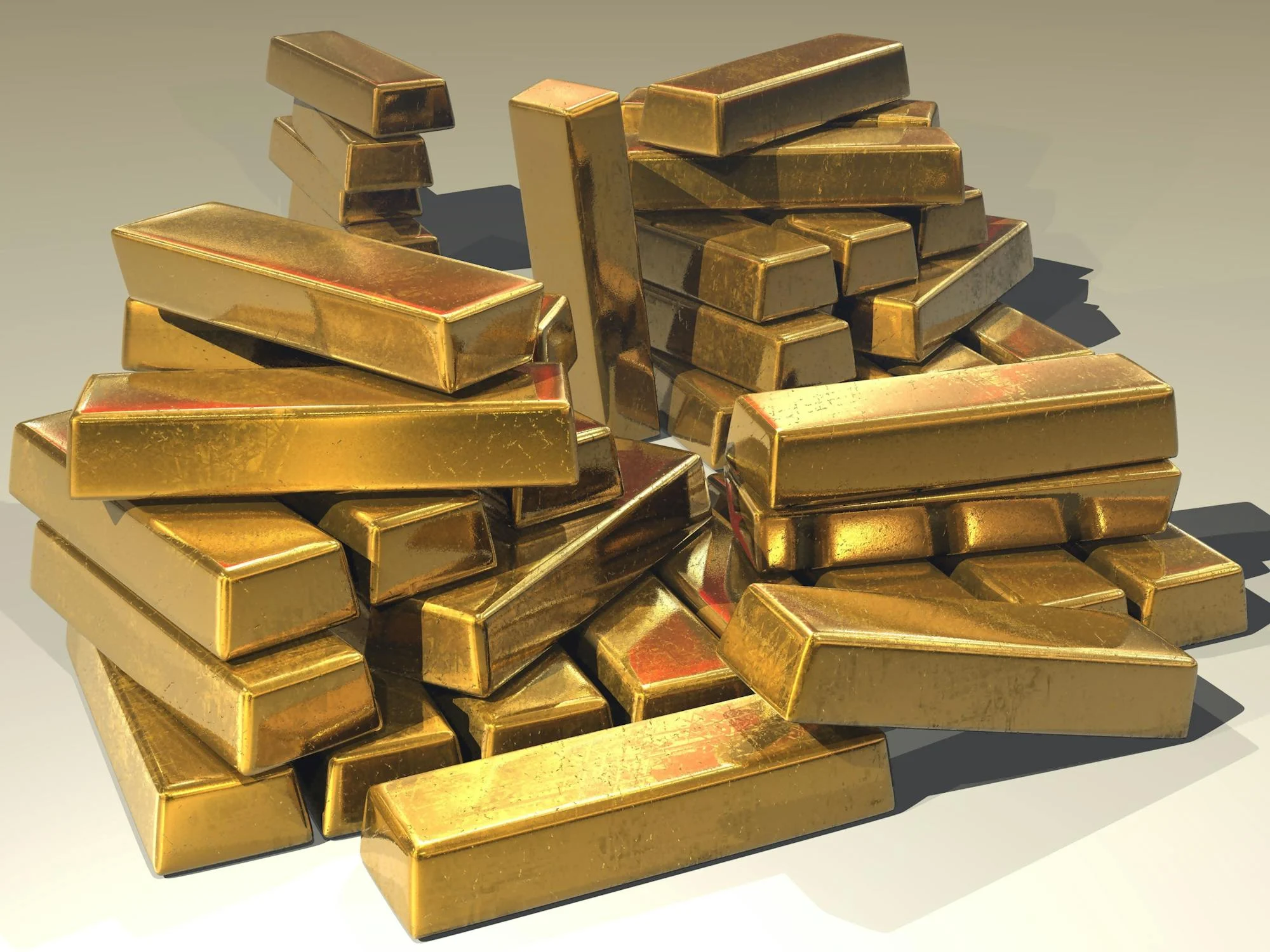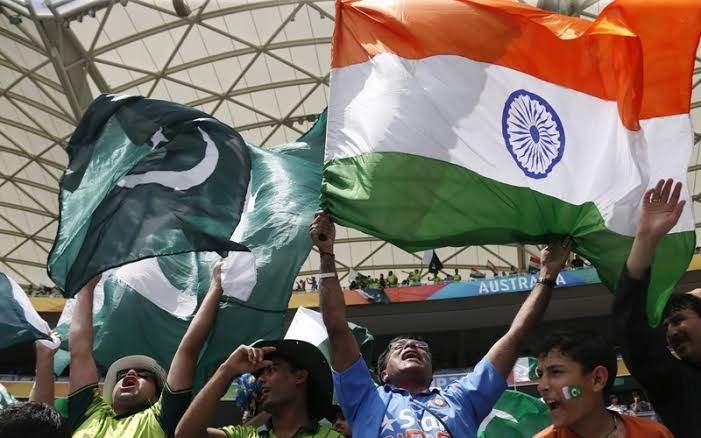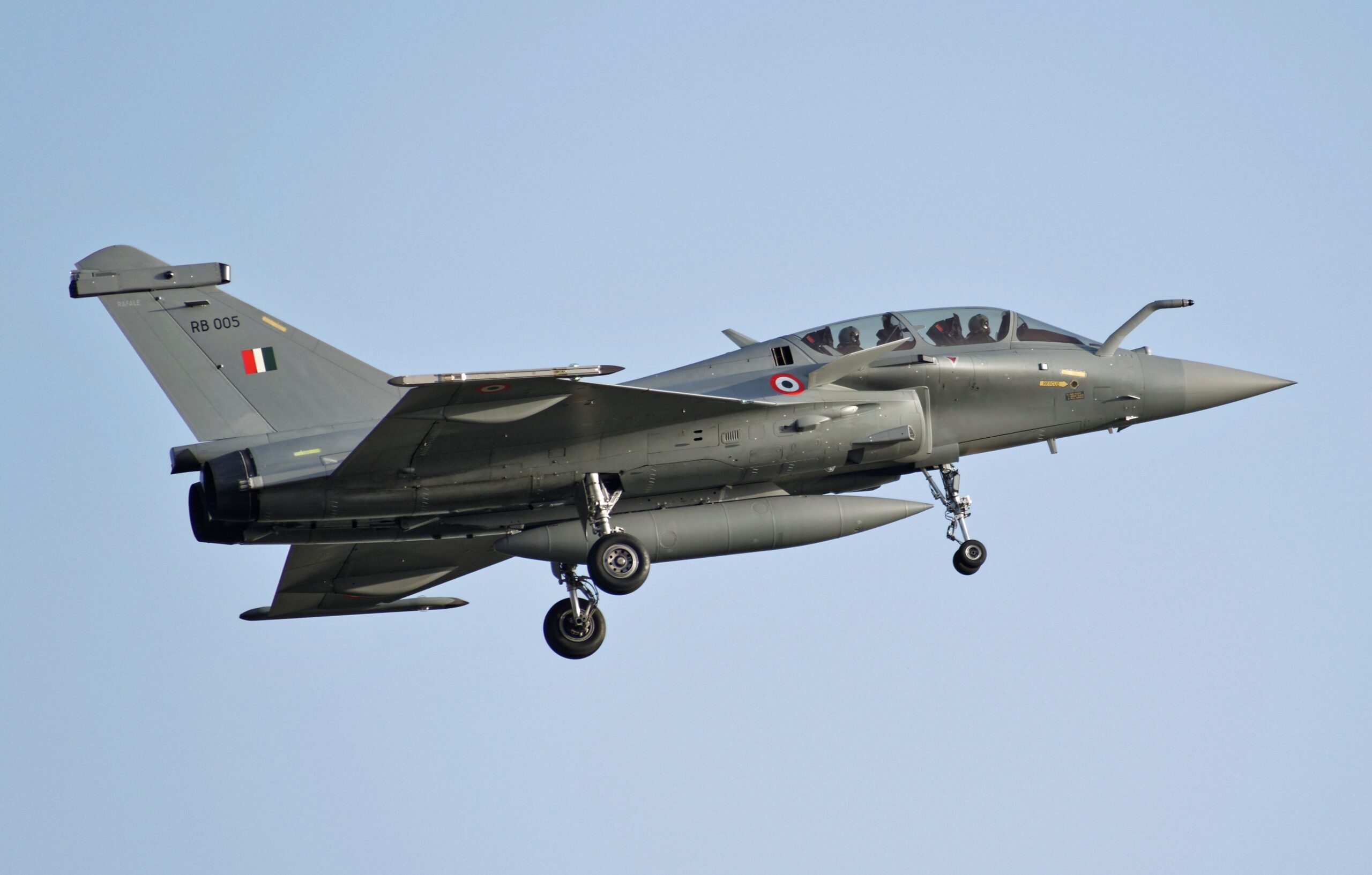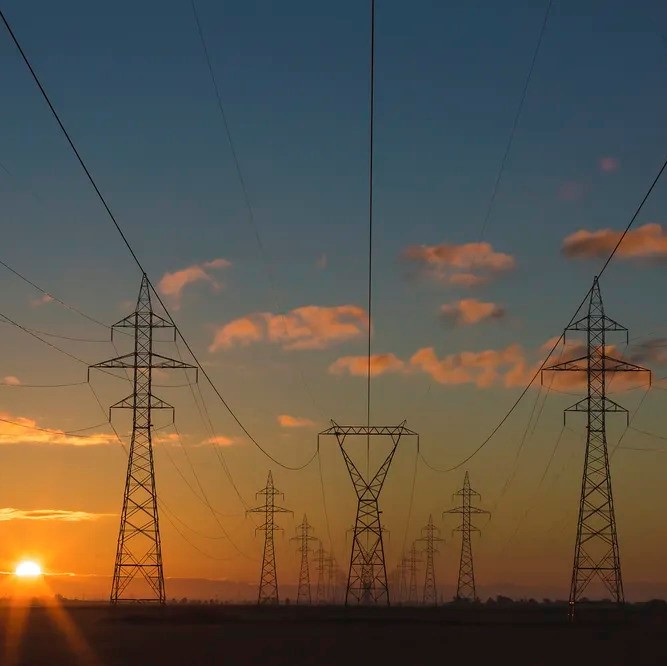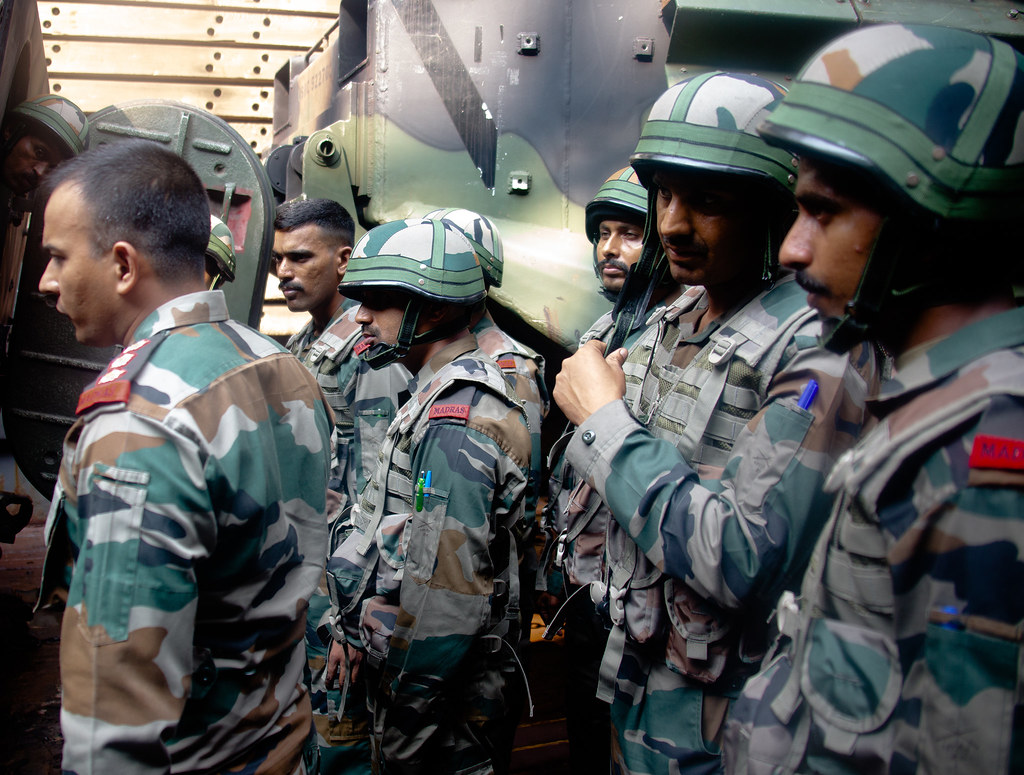In a land where dreams often shimmer like gold, the reality of actually owning it has become increasingly distant for the average Pakistani. On a seemingly regular Wednesday, gold prices in Pakistan shot up by a staggering Rs8,600 per tola, bringing the price to a jaw-dropping Rs348,000 per tola — the highest ever recorded in the country. For many, this wasn’t just a statistic; it was yet another symbol of the widening gap between aspirations and affordability.
But let’s take a moment. What does this really mean? Is it just about gold? Or is it a reflection of something deeper?
The Emotional Bond with Gold in Pakistan
Gold in Pakistan is more than just a metal. It’s a tradition. It’s a wedding gift. It’s a daughter’s dowry. It’s the shiny thing in the locker that brings comfort to a mother during uncertain times. For generations, gold has been woven into the very fabric of our social and economic identity.
So, when the price of gold soars, it doesn’t just rattle the economy — it stirs emotions. It affects families planning weddings, individuals saving for the future, and those who consider gold their emergency fund in a country where financial systems often feel unreliable.
Take the case of Sadia, a schoolteacher in Lahore, who’s been saving bit by bit to buy a modest gold set for her daughter’s wedding in two years. “I used to think Rs200,000 per tola was the highest I would see,” she says. “Now I’m scared I won’t be able to afford even one bangle.”
A Look at the Numbers
According to the All-Pakistan Gems and Jewellers Sarafa Association (APGJSA), the 10-gram rate also rose sharply by Rs7,373, settling at Rs298,353. Silver too joined the rally, rising by Rs63 to reach Rs3,460 per tola. And this isn’t just a local phenomenon.
Globally, gold prices surged to an all-time high of $3,310 per ounce, reflecting a global trend where investors are rushing toward safer assets amidst economic uncertainty, wars, and looming fears of recession.
So why does this matter here in Pakistan?
Because when international markets panic, the ripple is felt in our streets, our homes, and our wallets. For a country already grappling with inflation, currency devaluation, and political instability, this spike in gold prices is another blow to the common man’s sense of financial security.
Why Is Gold Soaring?
There are several reasons behind the recent surge in gold prices — both locally and internationally.
- Global Economic Uncertainty: With tensions rising in global hotspots, and economies struggling post-pandemic, investors are looking for safe havens — and gold has always been one.
- Inflation and Currency Devaluation: In Pakistan, the rupee has been under immense pressure. When a currency weakens, the cost of imports (including gold) rises. Since gold is priced in US dollars globally, a weaker rupee makes it costlier at home.
- Local Demand and Speculation: There’s always an element of speculation in the gold market. When prices start climbing, people rush to buy more in fear of future increases — which ironically drives prices even higher.
The Impact on the Common Pakistani
For many Pakistanis, this isn’t about investment opportunities. It’s about lost dreams. Here’s how this massive price hike is affecting everyday lives:
- Bridal Dreams Put on Hold: In a culture where gold jewelry is an essential part of weddings, families are now forced to either delay ceremonies or opt for imitation jewelry. Some are even going into debt just to maintain social expectations.
- Savings Eroded: Those who had been saving up with the goal of purchasing gold later now find their savings insufficient.
- Middle Class Crushed: The price surge is squeezing the already overburdened middle class, who rely on gold not just as adornment but as financial insurance.
Are There Any Silver Linings?
Interestingly, while buyers are disheartened, sellers and gold investors are enjoying the ride. Those who bought gold just a year ago have seen a significant appreciation in their holdings. For people who trusted gold as a long-term investment, this is a rewarding moment — at least financially.
And for some jewelers, business is booming, not because people are buying more, but because of increased buying from foreign clients and local investors looking to park their money somewhere “safe.”
But these few stories of success can’t overshadow the broader worry among Pakistanis.
Voices from the Bazaar
At Karachi’s Saddar Sarafa Market, one of the oldest and busiest gold markets in the country, shopkeepers talk of anxious customers and fewer transactions.
Buyers are increasingly cautious. Sellers are nervous too — what goes up must come down, and sudden corrections in prices can be brutal.
A Broader Economic Indicator?
The rise in gold prices is often seen as a sign of fear in the markets — fear of inflation, of economic collapse, of war. In many ways, this spike in gold prices acts like a mirror, reflecting the collective anxiety of both global and local economies.
In Pakistan’s case, it reflects more than anxiety — it reflects fragility. Fragility of the rupee, of purchasing power, of the hope that things might get better soon.
